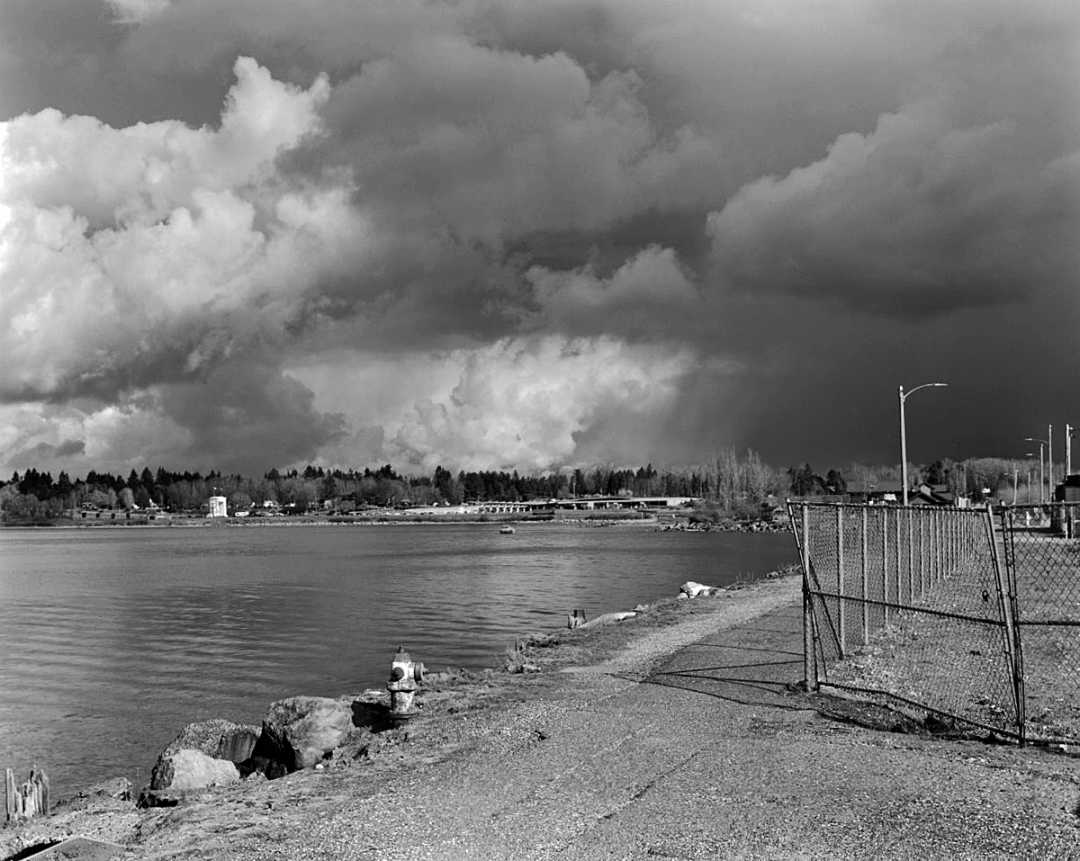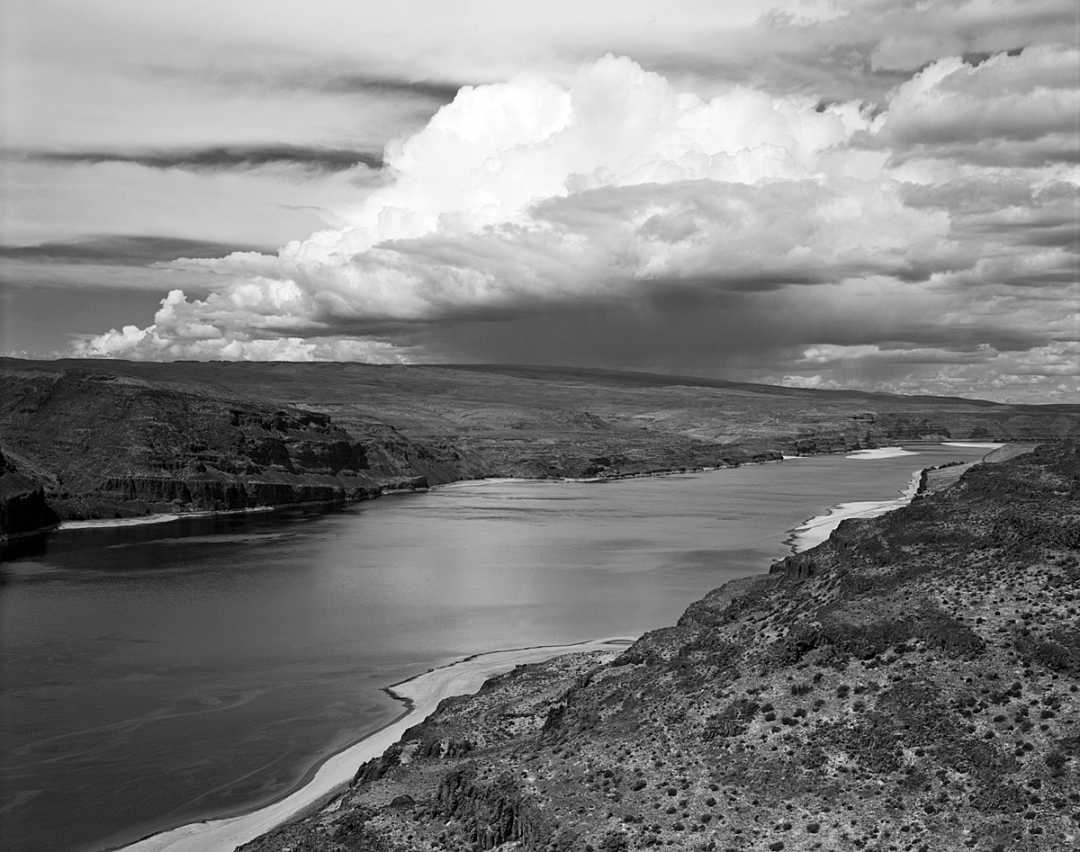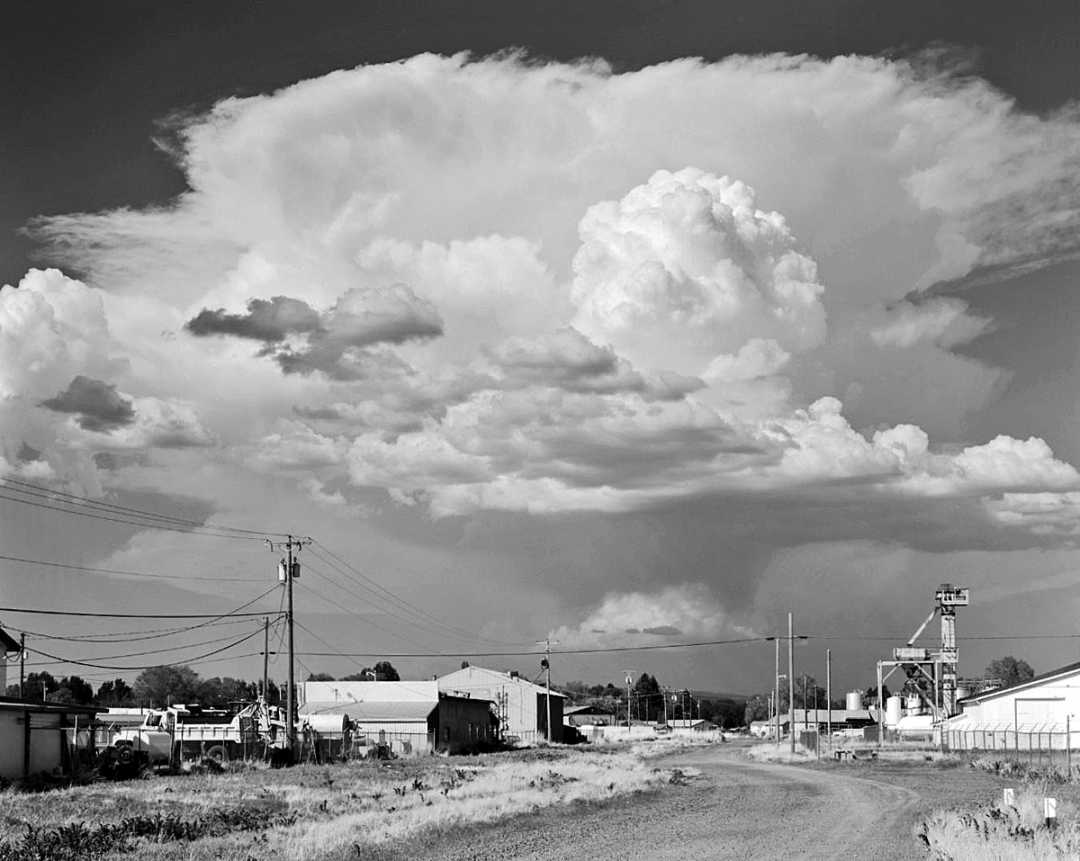Forum Replies Created
-
AuthorPosts
-
Norman Riley
ParticipantThank you, Hygge, for directing me to this older version of the ICA. I believe this material will be very helpful to me in my efforts to accurately identify clouds that figure prominently in some of my photographs. I appreciate your thoughtful assistance.
Norm
Norman Riley
ParticipantHygee, Thank you for welcoming me here and thank you also for those useful links. I have bookmarked both and I am sure I will refer to them in the future as I work to improve my ability to accurately identify the many fascinating structures I am able to see in the skies over Washington.
George, I thank you as well for your greeting and suggestions. For a beginner like me, it is a mysterious business trying to identify different types of clouds in complicated situations like the one I enjoyed watching unfold in no. 5 above. I remember the sense of surprise I felt as a boy when I first realized it was possible for people to have more than one health problem at a time, e.g., that I could have both a cold and a broken arm! Although I have been interested in and entertained by clouds for as long as I can remember, I have been terribly late to notice that many different types can be present at the same time in the skies here, and I would assume anywhere else. Somehow, that distinction came into focus for me only when I started trying to name the different types of clouds that I see almost daily. In a way, learning that cloud spotting is far more complicated than simply knowing the difference between cumulus and cirrus, for example, caused me to feel a sense of wonder not unlike the one I experienced many years ago when suddenly afflicted by two problems at once.
Norm
Norman Riley
ParticipantHi Hans,
Please accept my apology for misspelling your last name. It embarrasses me to see that I wrote “startocumulus” instead of “stratocumulus, but that is funny because we are both starting out in our efforts to know more about clouds, and we are struggling to assign the correct name to this particular cloud. “Startocumulus” is wrong, but appropriate under the circumstance. Unintentional, but very funny!
Norm
Norman Riley
ParticipantHello Keelin, and thank you for your warm welcome to the CAS. Like many others here, I’ve had a long-running fascination with clouds. Only since retiring from my career as a toxicologist have I undertaken the effort to learn more about clouds. It is undoubtedly the scientist in me that wants to know the proper names of the clouds depicted in my photographs. As Hans points out, one of the chief difficulties in identifying clouds, especially for a beginner like me, is knowing how to classify one that may be evolving from one type into another. I think he must be right in observing that a lot depends on when you see the formation. I look forward to learning all I can about this subject and I am very glad to be here among people who know far more than I do and who are willing share their knowledge with me. Also, I appreciate your compliments about the pictures themselves. Thank you. Large format film photography has been a hobby of mine for nearly 40 years, and in that time I have come to regard clouds as essential to all of my landscape work. The 4th image which you mention is a view of the San Juan Islands as seen from a prominent overlook near my home. The other images are from: (1) Davis, California 2007; (2) Burns, Oregon 2014; (3) the Columbia River at Vantage, Washington 2014; (4) San Juan Islands, Washington 2016; and (5) Blaine, Washington 2017, where the white “Peace Arch” seen in the distance marks the border between Canada and the USA. Over the years I have made many images that feature clouds. I attach another here, taken in the Nevada desert in 1986. I believe this one shows cumulus mediocris along with a type of stratus cloud in the background (of course I may be entirely wrong about this and the fact that more than one type of cloud may be present in the sky at the same time is another source of great confusion for me). I will not be exhibiting this particular photograph, and that is why I did not include it in the set above.
Hans, thank you very much for clearing up my confusion about castellanus formations. Yes, we are learning together, but I think there is a significant difference between us, namely that I have more questions than answers whereas you have more answers than questions! I appreciate being able to ask you my questions. Thank you for sharing your knowledge with me. Regarding that 1st image, my limited understanding of this science causes me to expect that Sc str occurs in continuous sheet vs. formations separated by as much open sky as we see here, but I simply do not know. I have wandered into some fairly arcane territory (e.g., “cumulus congestus stratocumulogenitus”) trying to pin this one down. Perhaps I would do best to simply title the image “Startocumulus straiformis according to Hans Stoker.” Would you mind ..??
Norm

Norman Riley
Participantps. Could the cloud in the first image be Cb calvus as well? It does look similar to one appearing in the 3rd image. I agree the 3rd is not nimbostratus and I now understand why.
Norman Riley
ParticipantThank you, Hans. Your suggestion that the first image may show an example of Sc str is a very interesting one. I had not considered that possibility. Would you agree that this could be one type of cloud on its way to becoming another type, and would you please tell me what feature(s) present or lacking rule(s) out Sc castellanus in this case? I am eager to learn! Thanks again.
Norm
Norman Riley
ParticipantHello Hans,
Thank you for weighing in on this. Thank you also for your compliments on the images. I think I have a better idea about some of these clouds, but I remain unsure and would genuinely like to know the correct names because I will soon be exhibiting these photographs and do not want to misrepresent them to the viewing public.
1. I initially thought cumulus mediocris based on its similarity to other pictures on the internet, but based on what I see in the “International Cloud Atlas,” I now think either stratocumulus castellanus, or cumulonimbus calvus. I am still not sure. It could be something else entirely.
2. Definitely cumulonimbus capillatus.
3. The massive cloud in front is more likely of the same type as seen in the first picture, i.e., or Sc cas or Cb cal.
4. I still think stratocumulus stratiformis and, unfortunately, as in other cases I am still unsure of that.
5. I think the lighter-toned masses may indeed be cumulus congestus. I would be delighted to have the right identification for those alone, and to leave the remainder unknown.
My name is Norman Riley. I write to you from Bellingham, Washington, and I renew my plea to all CAS members for help in assigning the correct names to these clouds. Thanks very much!
Norm
Norman Riley
Participant And finally this. I have no idea. I thought perhaps cumulus congestus, but I have grave doubts about that so I turn to you for assistance. Thank you again! I sincerely appreciate your help in correctly identifying these clouds.
And finally this. I have no idea. I thought perhaps cumulus congestus, but I have grave doubts about that so I turn to you for assistance. Thank you again! I sincerely appreciate your help in correctly identifying these clouds.Norman Riley
Participant4th. Stratocumulus stratiformis?

Norman Riley
ParticipantHere is the 3rd. Is this a nimbostratus cloud?

Norman Riley
ParticipantHere is the 2nd image. I am 99% sure this is cumulonimbus.

-
AuthorPosts



 And finally this. I have no idea. I thought perhaps cumulus congestus, but I have grave doubts about that so I turn to you for assistance. Thank you again! I sincerely appreciate your help in correctly identifying these clouds.
And finally this. I have no idea. I thought perhaps cumulus congestus, but I have grave doubts about that so I turn to you for assistance. Thank you again! I sincerely appreciate your help in correctly identifying these clouds.


